Market Analysis
In-depth Analysis of Nutritional Bar Market Industry Landscape
The nutritional bar market is currently experiencing dynamic shifts driven by a confluence of factors that cater to the evolving preferences and lifestyles of consumers. As health and wellness continue to gain prominence in people's lives, the demand for convenient and nutritious snack options has propelled the nutritional bar market into a trajectory of steady growth. One of the key drivers of this market is the increasing awareness of the importance of a balanced diet and the role of nutritional bars in meeting daily dietary requirements. Changing consumer demographics also play a crucial role in shaping the market dynamics of nutritional bars. With a rising number of health-conscious individuals, fitness enthusiasts, and those seeking on-the-go solutions, the market has witnessed an expansion of its consumer base. Millennials, in particular, are a significant driving force, as they often prioritize convenience without compromising on health. This demographic shift has prompted manufacturers to innovate and diversify their product offerings to cater to specific dietary preferences, such as vegan, gluten-free, or low-sugar options. Furthermore, the market dynamics are influenced by the broader trends in the food and beverage industry. As the demand for clean labels and transparency in product ingredients grows, consumers are scrutinizing nutritional bars for their nutritional value and sourcing. This has led to a surge in the development of bars with natural and organic ingredients, as well as those fortified with vitamins, minerals, and functional additives. The competitive landscape also plays a pivotal role in shaping the market dynamics. Key players in the nutritional bar market are engaging in strategies such as mergers, acquisitions, and partnerships to expand their product portfolios and enhance their market presence. The constant pursuit of innovation to differentiate products from competitors has resulted in the introduction of novel flavors, textures, and formulations. Additionally, marketing and branding initiatives have become critical in influencing consumer choices, with companies focusing on promoting the health benefits and unique selling propositions of their products. Government regulations and guidelines regarding food labeling and health claims further contribute to the market dynamics of nutritional bars. Manufacturers are compelled to comply with these regulations, ensuring that their products meet the required standards for nutritional content and labeling accuracy. This regulatory environment not only influences the manufacturing process but also affects how companies position and market their products to consumers. Despite the positive growth trajectory, challenges persist in the nutritional bar market. Fluctuations in raw material prices, supply chain disruptions, and the increasing competition for shelf space pose hurdles for both established and emerging players. Additionally, consumer skepticism regarding the actual health benefits of nutritional bars and concerns about added sugars and preservatives can impact purchasing decisions.

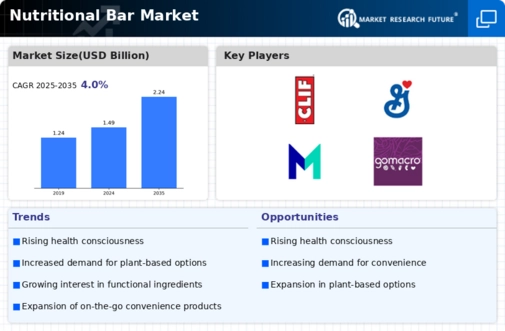

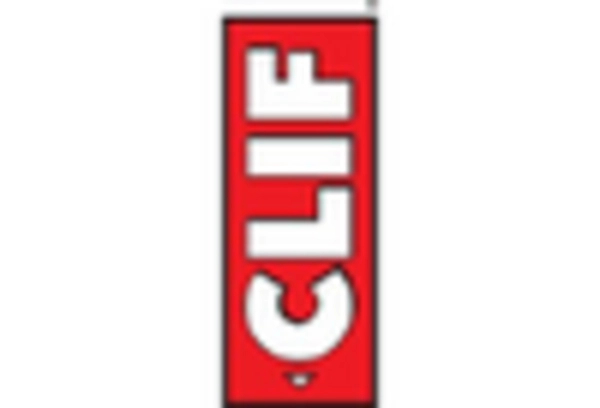

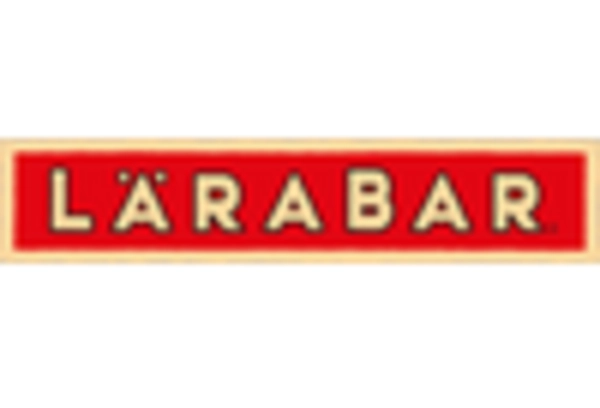
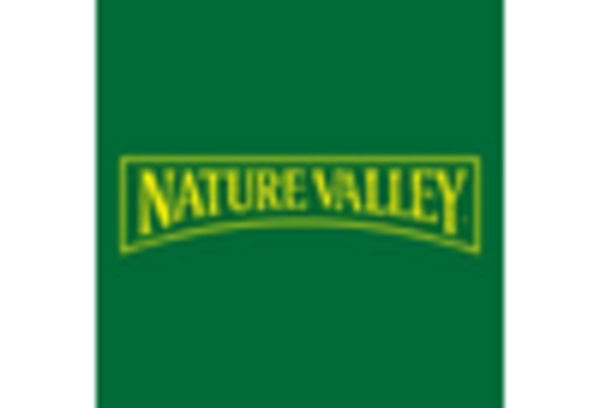

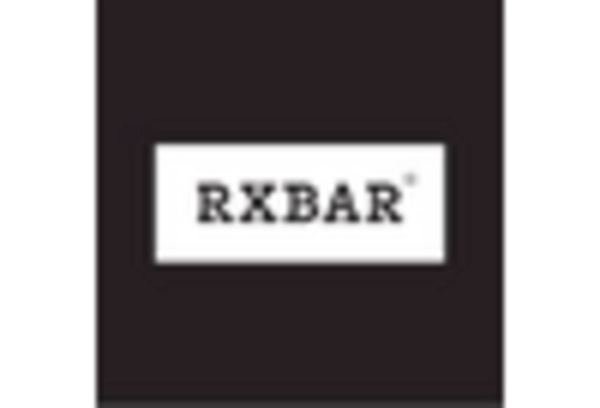

Leave a Comment